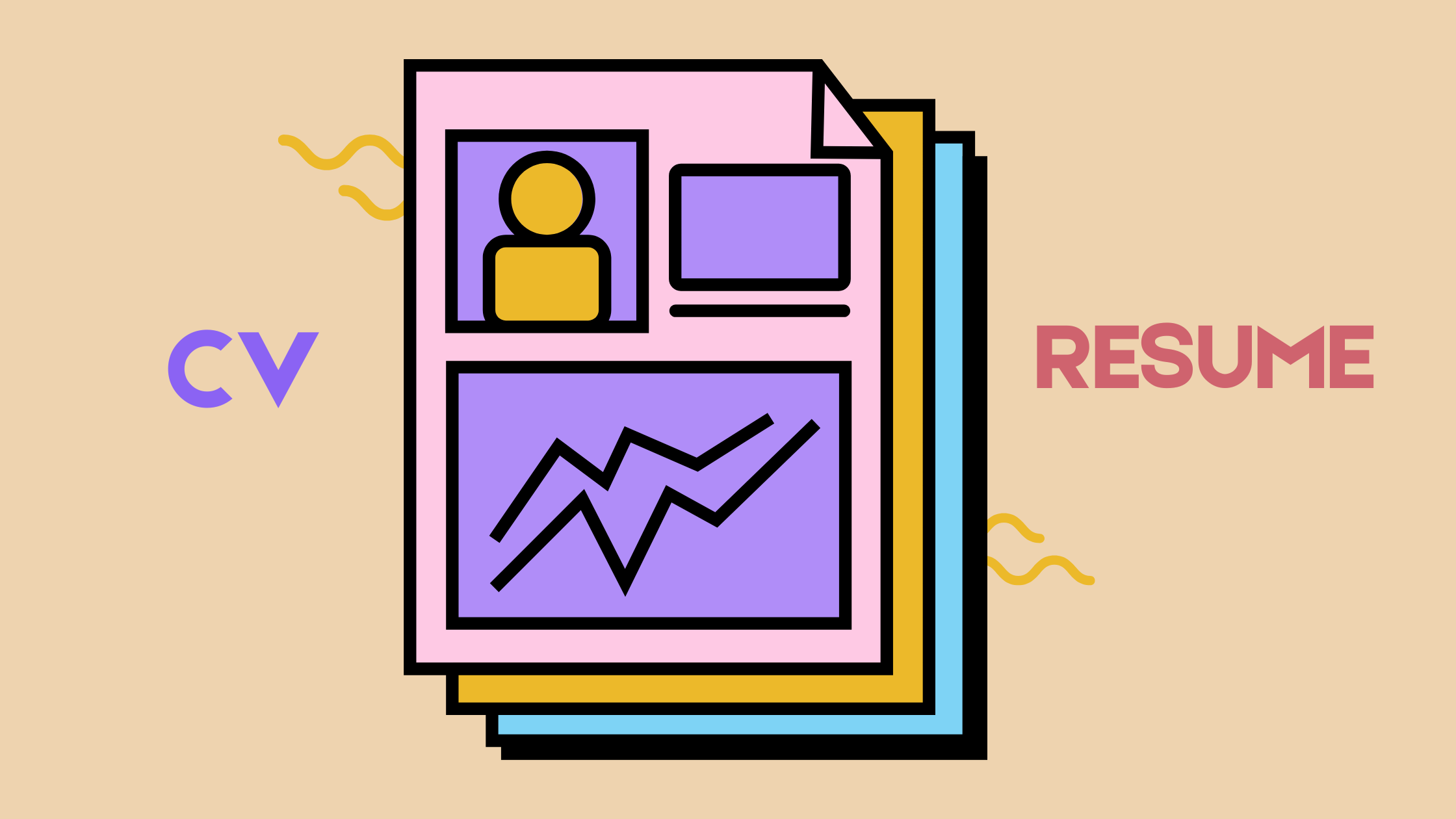Crafting the Perfect Resume for U.S. companies in 2025

Ready to land your dream job in the U.S.? This step-by-step guide breaks down exactly what local recruiters are looking for, from format and key sections to pro tips that will make you stand out.
First Things First: What Makes an U.S. Resume Different?
Before you even type a word, it's crucial to understand the local customs. American hiring practices are heavily influenced by anti-discrimination laws, which changes what you should include compared to resumes in other parts of the world.
Here’s what to leave out:
- A photograph: Your skills are what matter, not what you look like.
- Personal details: Your age, date of birth, marital status, and religion have no place on a modern U.S. resume.
- An exhaustive list of your hobbies: Unless a hobby is directly relevant to the job (e.g., you're a photographer applying for a creative role), it's best to leave it off.
The standard length is another key difference. Aim for two to three pages for most roles. If you're a recent graduate, one to two pages is perfect.
The Anatomy of a Winning American Resume
Think of your resume as being built from several key building blocks. Let's break down each section.
Contact Information: Make It Easy to Reach You
This seems obvious, but you’d be surprised how many people get it wrong. Place this right at the top.
- Full Name: Clearly and prominently displayed.
- Phone Number: Your mobile is best.
- Professional Email Address: Keep it simple, like
firstname.lastname@email.com. - Location: Your suburb and state are enough (e.g., "New York, NY"). You don't need your full street address.
- LinkedIn Profile URL: A must-have in today's market. Make sure your profile is up-to-date!
The Professional Summary: Your 30-Second Elevator Pitch
Right below your contact details, you need a short, sharp paragraph. This is your professional summary or career profile. It should immediately answer the recruiter's question: "Why should I keep reading?"
Think of it as your highlight reel. In 3-4 lines, summarize:
- Who you are: "A detail-oriented Marketing Coordinator..."
- Your key experience: "...with over 5 years of experience in digital campaigns and content creation."
- What you bring to the table (your top skills): "Skilled in SEO, social media management, and data analysis to drive brand growth."
Work Experience: Where You've Made an Impact
This is the heart of your resume. List your roles in reverse chronological order (most recent job first). For each position, include:
- Job Title
- Company Name
- Dates of Employment
Here’s the secret to making this section shine: focus on achievements, not just duties. Instead of saying "Responsible for managing social media accounts," try quantifying your impact:
Managed and grew the company's Instagram following by 40% in 12 months through targeted content strategies.
Use powerful action verbs and numbers to show the value you delivered.
Key Skills: Your Toolbox at a Glance
This is a scannable, bullet-pointed list of your most relevant abilities. It helps recruiters quickly see if you have what they're looking for. It's smart to break this into categories.
- Technical/Hard Skills: List specific software, tools, or methodologies (e.g., Microsoft Office Suite, Python, Adobe Creative Cloud, Agile Project Management).
- Soft Skills: These are your interpersonal strengths (e.g., Communication, Teamwork, Problem-Solving, Leadership).
*Pro Tip: Read the job description carefully and mirror the language they use. If they ask for "stakeholder engagement," use that exact phrase if it applies to you.*
Education & Qualifications
Keep this section clean and simple. List your highest qualifications first.
- Degree or Certificate Name: e.g., "Bachelor of Commerce"
- Institution Name: e.g., "Harvard University"
- Year of Completion: e.g., "2020"
Final Polish: Pro Tips to Make Your Resume Shine
You've got the content down. Now it's time to make it sparkle.
- Tailor, Tailor, Tailor: A generic, one-size-fits-all resume gets ignored. Tweak your professional summary and skills for every single application to match the job ad.
- Keep it Clean: Use a simple, professional font like Calibri, Arial, or Georgia. Use white space, clear headings, and bullet points to make it easy to read.
- Proofread Like a Hawk: Typos and grammar mistakes are the fastest way to get your resume sent to the 'no' pile. Read it aloud, use a spell checker, and then ask a friend to read it over for you.
Crafting a resume is your first step toward that next great career move. It takes effort, but by telling your story effectively, you’re not just applying for a job—you’re showing a future employer the incredible value you can bring to their team.
And once your content is ready to go, you can ensure it's presented in a flawless, professional format. Using a dedicated builder like Resumost can give your document that final polish that helps you stand out from the crowd.
© 2025 Resumost.
We love that you're reading our work! Please note that this content is our own. If you'd like to share or re-post it, please reach out to us for permission first. Unauthorized scraping of this site is not permitted.


